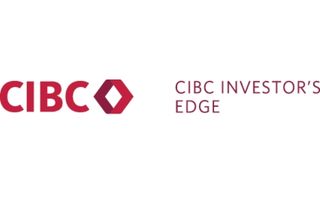
- 100 free trades signup offer
- Easy-to-use platform
- Low fees
- Student and young investor discounts
Tesla (NasdaqGS: TSLA) and Apple (NasdaqGS: AAPL) appear on the outside to be relatively different companies, but they have more in common that you might think.
Aside from each revolutionizing their respective industries, the 2 stocks have the distinction of being among the 10 biggest listed companies in the US by market cap.
In 2020, Apple overtook Microsoft to become the largest company on Wall Street with a market cap of USD $2.2 trillion. Tesla has also seen immense stock market success in recent years, surging by over 1,000% in the last 5 years and admitted to the prestigious S&P 500 stock index in late 2020.

If you’re thinking about investing in either Tesla or Apple, check out the table below to compare performance history, business models and key financial data specifically chosen to help you decide which stock is a buy. Note: These charts don’t yet take into account stock splits, but we’re working on it!
AAPL stock price
TSLA stock price
*This is not a recommendation. It represents a technical analysis based on popular technical indicators: Moving Averages, Oscillators and Pivots. Finder might not concur and takes no responsibility.
Apple
| Tesla
| |
|---|---|---|
| Business model | Apple Inc. is an American-global technology company that designs and sells consumer electronics and software. Apple’s strategy is to bring users into its software and hardware eco system and keep them there. It designs and develops computer electronics such as laptops, desktop systems and mobile phones. | Tesla is an American electric vehicle manufacturer based in California. Its products include electric cars, battery storage options and solar panels. Tesla’s goal is to build an affordable electric car with mass appeal along with zero emission power generation. |
| Founded | Founded in 1976 by Steve Jobs and Steve Wozniak | Founded in 2003 by Martin Eberhard and Marc Tarpenning |
| Market cap | USD $2.08 trillion | USD $602.29 billion |
| 12-month performance | +86% (to 23 December 2020) | +664% (to 23 December 2020) |
| 1-month performance | 13% (to 23 December 2020) | +30% (to 23 December 2020) |
| 12-month revenue | USD $274.5 billion | USD $28.2 billion |
| Gross profit | USD $105 billion (annual) | USD $4.1 billion (annual) |
| Price to earnings ratio (P/E) | Apple has a P/E ratio of 40.3018. As this is higher than the trailing 12-month P/E ratio of 27.29 for the NASDAQ 100 (at the end of 2019), it indicates the stock is overpriced or that investors are confident about the company’s outlook. | Tesla has a P/E ratio of 1,209. As this is significantly higher than the trailing 12-month P/E ratio of 27.29 for the NASDAQ 100 (at the end of 2019), it indicates the stock is overpriced or that investors are extremely confident about the company’s future prospects. |
| Debt-to-equity ratio | 1.87 | 0.95 |
| Dividends | Apple last paid $0.205 per share on November 20, 2020 | Tesla has never paid a dividend |
| Ethical rank (the low the better) | Apple has an S&P Global ESG Score of 29/100, indicating fairly high ethical practices | Tesla has an S&P Global ESG Score of 17/100, indicating high ethical practices |
| Risk level | Apple has a beta of 1.2976 (as of December 23, 2020) which suggests Apple shares are more volatile than the average stock listed on NASDAQ, where the standard beta is 1. | Tesla has a beta of 2.152 (as of December 23, 2020) which suggests Tesla shares are at least twice as volatile as the the average stock listed on NASDAQ, where the standard beta is 1. |
| Strengths |
|
|
| Weaknesses |
|
|
Debt to equity ratio: Compares a company’s level of debt to its amount of shareholder equity. Generally speaking, the higher the ratio, the more leveraged a company is, although this ratio will differ broadly across sectors.
Price-earnings ratio: The relative value of a company’s stock price to its recent profit results, i.e. the price investors are paying for every dollar of profit the company makes. A high P/E ratio might indicate investors expect growth to occur in the future and are willing to pay more for it, or it can also indicate the stock is overpriced.
To buy shares in a US-listed stock from Canada, you’ll need to be registered with a stock trading platforms that provides access to US exchanges.
The cheapest option is to sign up with an online share trading platform. If you’re new to the stock market, look for a broker with a low commission (brokerage fee) and low currency conversion (FX) fee. You can use the table below to compare brokers that offer stocks in Tesla and Apple.
To make comparing even easier we came up with the Finder Score. Trading costs, account fees and features across 10+ stock trading platforms and apps are all weighted and scaled to produce a score out of 10. The higher the score the better the platform - simple.
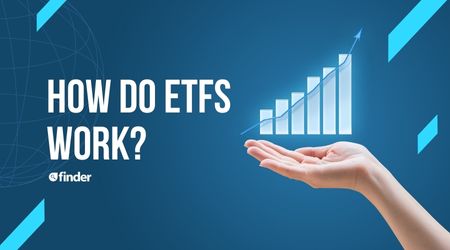
Your guide to how ETFs work and whether this type of investment is right for you.
Read more…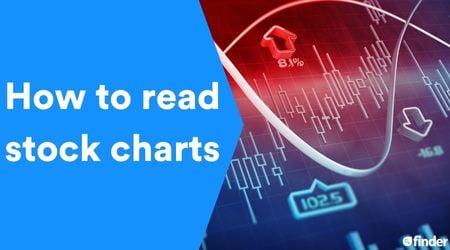
Learning how to read stock charts and recognize chart patterns can unlock your success as a trader.
Read more…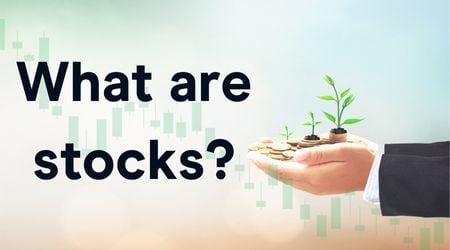
Owning a stock means you own part of a company and can potentially grow your wealth. But there is a risk of loss.
Read more…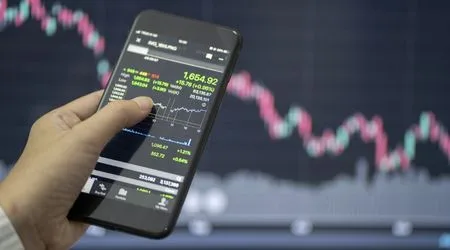
Learn how to research stocks and find the right investment opportunities in 4 steps.
Read more…
Market volatility can be nerve-wracking. Discover 3 trading strategies plus the pros, cons and risks of investing in volatile markets.
Read more…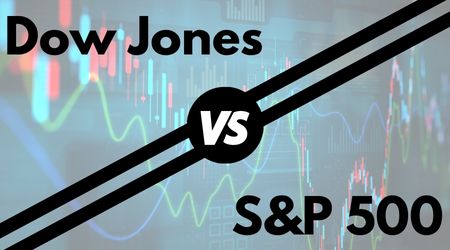
Find out the key differences between the Dow Jones and S&P 500 plus key points to consider before investing.
Read more…Earn a high level of interest on your savings when you sign up for the no-fee BMO Savings Amplifier Account.
The best apps for selling your car in Canada and getting the best price.
YouTube can be a powerful marketing tool for your business. Here’s what you need to get started.
Your guide to Survey Junkie, its pros and cons, and how you can use it to earn extra cash.
Learn how to buy cryptocurrency with a credit card and which exchange platforms accept credit card payments.
How to use web business banking to manage your business finances online.
Your guide to the pros and cons of Swagbucks, including its features and how much you can earn.
Compare $800 installment and payday loans in Canada for fast approval, funding and flexible terms.
Need help setting up an online store or business website? We’ve got your back.
Here’s how to turn your wordsmith skills into cash, either in your spare time or as a career.